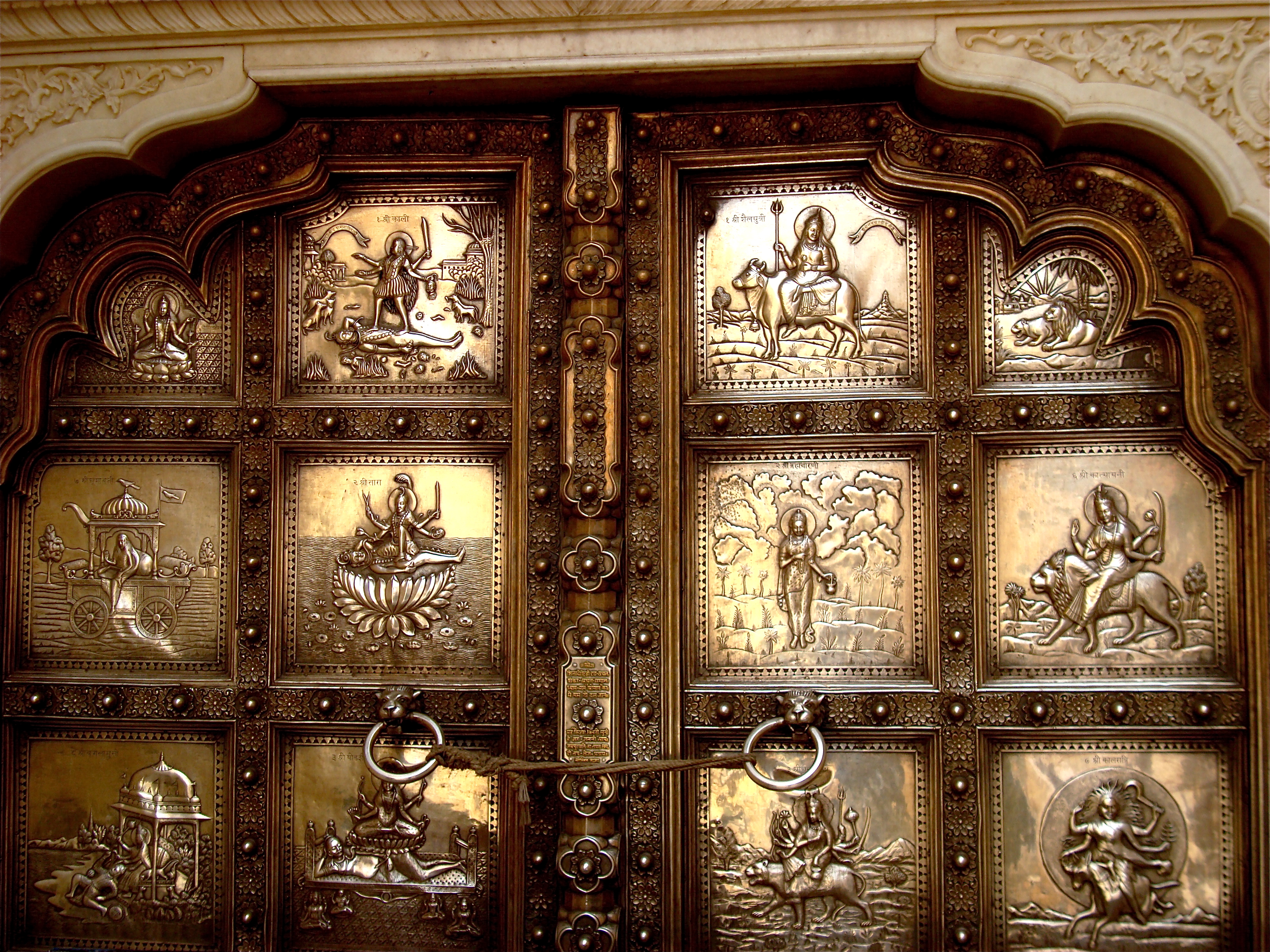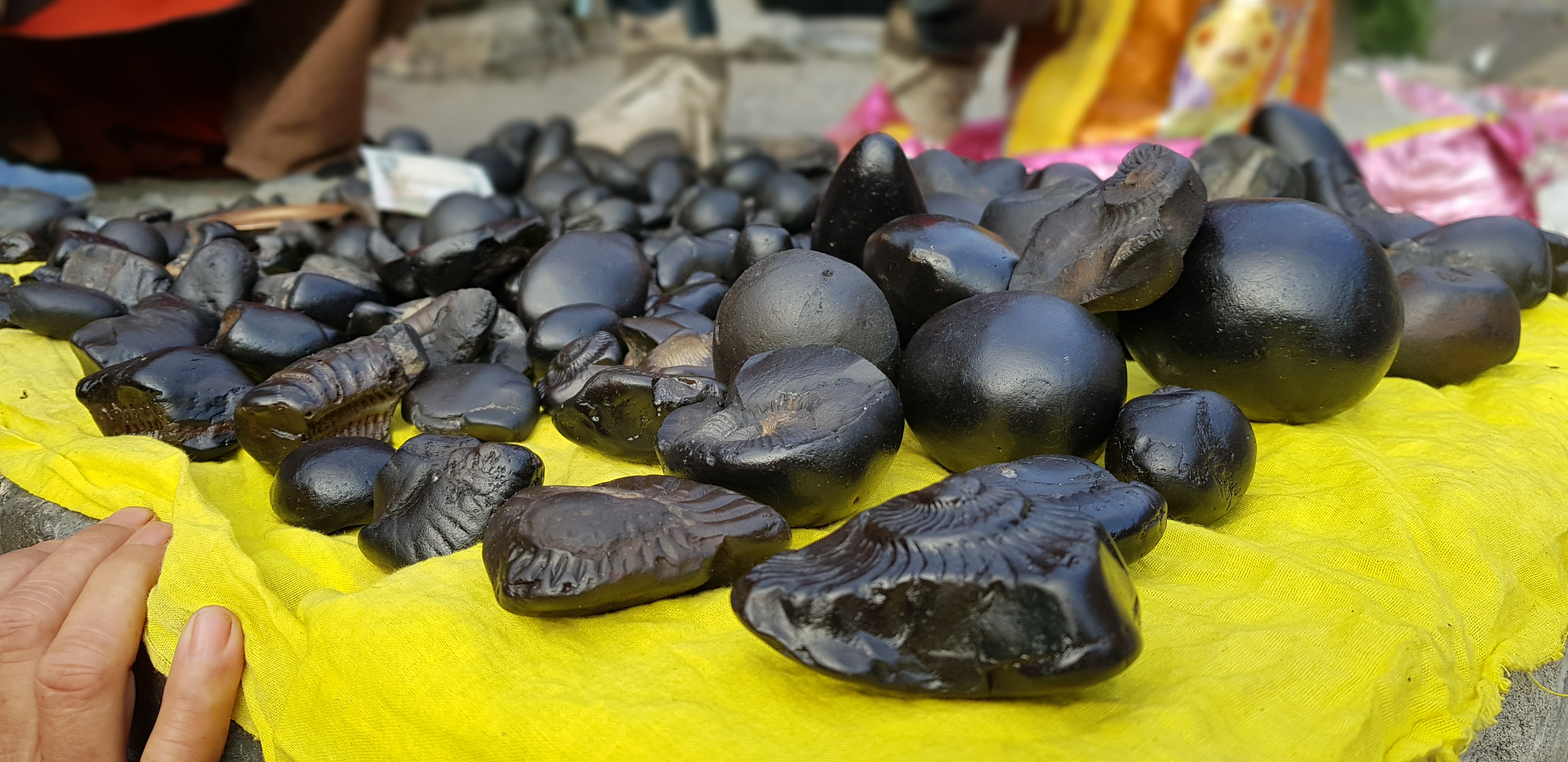|
Shila (other)
Shila may refer to: People *Shila (Nestorian patriarch), Patriarch of the Church of the East from 503 to 523 *Shila of Kefar Tamarta, a Jewish Talmudist, an amora of the 3rd century *Shilabhattarika, a 9th-century Sanskrit poet from India Other uses *Shila Devi, the famous idol of Durga, the form of mother goddess in Shaktism * ''Shila'' (film), a 1982 Indian Malayalam film See also *Sila (murti) *Sheela (other) *Ňöńęla Buddhist ethics are traditionally based on what Buddhists view as the enlightened perspective of the Buddha. The term for ethics or morality used in Buddhism is ''Ňöńęla'' or ''sńęla'' (PńĀli). ''Ňöńęla'' in Buddhism is one of three sections of ... (Buddhist ethics) * Chila (other) {{disambiguation, hndis ... [...More Info...] [...Related Items...] OR: [Wikipedia] [Google] [Baidu] |
Shila (Nestorian Patriarch)
Shila was Patriarch of the Church of the East The Patriarch of the Church of the East (also known as Patriarch of the East, Patriarch of Babylon, the Catholicose of the East or the Grand Metropolitan of the East) is the patriarch, or leader and head bishop (sometimes referred to as Catholic ... from 503 to 523. He is included in the traditional list of patriarchs of the Church of the East. Sources Brief accounts of Shila's reign are given in the ''Ecclesiastical Chronicle'' of the Jacobite writer Bar Hebraeus (''floruit'' 1280) and in the ecclesiastical histories of the Nestorian writers Mari (twelfth-century), Amr (fourteenth-century) and Sliba (fourteenth-century). His life is also covered in the ''Chronicle of Seert''. Modern assessments of his patriarchate can be found in Wigram's ''Introduction to the History of the Assyrian Church'' and David Wilmshurst's ''The Martyred Church''. Shila's patriarchate The following account of Shila's reign is given by Bar Hebraeus: ... [...More Info...] [...Related Items...] OR: [Wikipedia] [Google] [Baidu] |
Shila Of Kefar Tamarta
Rabbi Shila of Kefar Tamarta ( he, ◊©◊ô◊ú◊ź ◊ź◊ô◊© ◊õ◊§◊® ◊™◊ě◊®◊™◊ź) was a Jewish Talmudist from the Land of Israel, who lived in the 3rd century (third generation of amoraim). In the Jerusalem Talmud he is usually called by his personal name, but in the Babylonian Talmud the name of his home in Judea is always added, in order to distinguish him from an older Babylonian amora who bore the same name. Shila was accustomed to deliver public aggadic lectures, and he is mentioned only in connection with aggadah; yet he seems to have been active in halakhah also, although no halakhic sayings of his have been preserved. Most of his surviving Biblical exegesis is taken from these discourses, each of which is prefaced by the formula: "R. Shila has preached". Megillah 18a,b; Sotah 35a; Shir haShirim Rabbah 8:9 Other aggadot of his are found in Midrash Tehillim to Psalms 80:7, and Tanhuma, MishpaŠĻ≠im Mishpatim (‚ÄĒHebrew for "laws," the second word of the parashah) is the eighteenth ... [...More Info...] [...Related Items...] OR: [Wikipedia] [Google] [Baidu] |
Amoraim
''Amoraim'' (Aramaic language, Aramaic: plural or , singular ''Amora'' or ''Amoray''; "those who say" or "those who speak over the people", or "spokesmen") refers to Jewish scholars of the period from about 200 to 500 Common Era, CE, who "said" or "told over" the teachings of the Oral Torah. They were primarily located in Babylonia and the Land of Israel. Their legal discussions and debates were eventually Codification (law), codified in the Gemara. The ''Amoraim'' followed the ''Tannaim'' in the sequence of ancient Jewish scholars. The ''Tannaim'' were direct transmitters of uncodified oral tradition; the ''Amoraim'' expounded upon and clarified the oral law after its initial codification. The Amoraic era The first Babylonian ''Amoraim'' were Abba Arika, respectfully referred to as ''Rav'', and his contemporary and frequent debate partner, Samuel of Nehardea, Shmuel. Among the earliest ''Amoraim'' in Israel were Johanan bar Nappaha and Shimon ben Lakish. Traditionally, the ... [...More Info...] [...Related Items...] OR: [Wikipedia] [Google] [Baidu] |
Shilabhattarika
Shila-bhattarika ( IAST: ŇöńęlńĀbhaŠĻ≠ŠĻ≠ńĀrikńĀ) was a 9th-century Sanskrit poet from present-day India. Her verses appear in most major Sanskrit anthologies, and her poetic skills have been praised by the medieval Sanskrit literary critics. Biography Shilabhattarika lived in the 9th century. One of her poems mentions the Narmada River (Reva) and the Vindhya mountains. Therefore, as a young woman, she probably lived along the Narmada River, near the Vindhyas. In 1993, M. B. Padma, a scholar of the University of Mysore, speculated that she may be same as Shila-mahadevi, the queen of the 8th century Rashtrakuta ruler Dhruva. Padma's theory is based on the facts that the suffix "Bhattarika" attached to the poet's name indicates her high social status, and that the queen is known to have made generous grants to scholars. In 2023, Shreenand L. Bapat of Bhandarkar Oriental Research Institute identified Shilabhattarika as a daughter of the Chalukya ruler Pulakeshin II, based on ... [...More Info...] [...Related Items...] OR: [Wikipedia] [Google] [Baidu] |
Shila Devi
Shila Devi () is the famous idol of Durga. Her temple is located in Amer Fort in Jaipur, India. The idol was brought by Raja Man Singh I of Amber from Jessore (now in Bangladesh) in 1604 CE.Trudy Ring, Noelle Watson, Paul Schellinger (2012). Asia and Oceania: International Dictionary of Historic Places'. . pp. 24. On the sixth day of winter Navratris, special prayers are offered to this goddess. Hundreds of thousands of people from Jaipur and surrounding areas gather to pay offerings to Shila Devi. From folklore it is believed, this idol was carved from the same stone as the Dashabhuja idol of the Susanga Royal Family of Durgapur Durgapur () is a planned tier-II urban agglomeration and a major industrial city in Paschim Bardhaman district in the Indian state of West Bengal. It is the fourth largest urban agglomeration after Kolkata, Asansol and Siliguri in West Bengal ... (now in Bangladesh). The Dashabhuja idol was stolen from Susanga and lost. Foundation of the temple ... [...More Info...] [...Related Items...] OR: [Wikipedia] [Google] [Baidu] |
Shila (film)
''Shila'' is a 1982 Indian Malayalam Malayalam (; , ) is a Dravidian languages, Dravidian language spoken in the Indian state of Kerala and the union territories of Lakshadweep and Puducherry (union territory), Puducherry (Mahé district) by the Malayali people. It is one of 2 ... film, directed by Augustine Prakash. The film has musical score by A. T. Ummer. Cast Soundtrack The music was composed by A. T. Ummer and the lyrics were written by Dr. Pavithran. References External links * 1982 films 1980s Malayalam-language films {{1980s-Malayalam-film-stub ... [...More Info...] [...Related Items...] OR: [Wikipedia] [Google] [Baidu] |
Sila (murti)
A shaligrama shila ( deva, ŗ§∂ŗ§ĺŗ§≤ŗ§Ņŗ§óŗ•ćŗ§įŗ§ĺŗ§ģ ŗ§∂ŗ§Ņŗ§≤ŗ§ĺ, ŇöńĀligrńĀma-ŇõilńĀ), also rendered as shaligram, is a particular variety of stone collected from riverbed or banks of the Kali Gandaki, a tributary of the Gandaki River in Nepal, used as a non-anthropomorphic representation of God Vishnu by Hindus. They are typically fossils of ammonite shells from the Devonian-Cretaceous period of 400 to 66 million years ago. The fossils are considered holy by Hindus because Madhvacharya received it from Vyasadeva, also called Astamurti, and also they resemble symbols associated with God Vishnu, mainly the Shankha (conch shell). Legends According to the Devi Bhagavata Purana, Brahmavaivarta Purana, and Shiva Purana, shilagrama shilas originated due to the following chain of events. A king named Vrishadhvaja had been cursed by Surya to endure poverty, due to his reluctance to worship any deity other than Shiva. To regain their lost prosperity, his grandsons Dharmadhvaja ... [...More Info...] [...Related Items...] OR: [Wikipedia] [Google] [Baidu] |
Sheela (other)
Sheela is a Malayalam actress. Sheela may also refer to: * Sheela (given name), an Indian feminine given name * M. S. Sheela, Indian vocalist * Ma Anand Sheela (born 1949), Indian‚ÄďAmerican‚ÄďSwiss criminal who pleaded guilty to attempted murder and assault * ''Sheela'' (film), a 1935 Punjabi-language film * Sheela na gig, figurative carvings of naked women found throughout Europe See also *Sheila Sheila (alternatively spelled Shelagh and Sheelagh) is a common feminine given name, derived from the Irish name ''S√≠le'', which is believed to be a Gaelic form of the Latin name Caelia, the feminine form of the Roman clan name Caelius, mean ... * Shiela * Shila (other) {{disambiguation, surname ... [...More Info...] [...Related Items...] OR: [Wikipedia] [Google] [Baidu] |
Ňöńęla
Buddhist ethics are traditionally based on what Buddhists view as the enlightened perspective of the Buddha. The term for ethics or morality used in Buddhism is ''Ňöńęla'' or ''sńęla'' (PńĀli). ''Ňöńęla'' in Buddhism is one of three sections of the Noble Eightfold Path, and is a code of conduct that embraces a commitment to harmony and self-restraint with the principal motivation being nonviolence, or freedom from causing harm. It has been variously described as virtue, moral discipline and precept. ''Sńęla'' is an internal, aware, and intentional ethical behavior, according to one's commitment to the path of liberation. It is an ethical compass within self and relationships, rather than what is associated with the English word "morality" (i.e., obedience, a sense of obligation, and external constraint). ''Sńęla'' is one of the three practices foundational to Buddhism and the non-sectarian Vipassana movement; ''sńęla,'' ''samńĀdhi'', and '' pa√Ī√ĪńĀ'' as well as the Theravadin ... [...More Info...] [...Related Items...] OR: [Wikipedia] [Google] [Baidu] |



